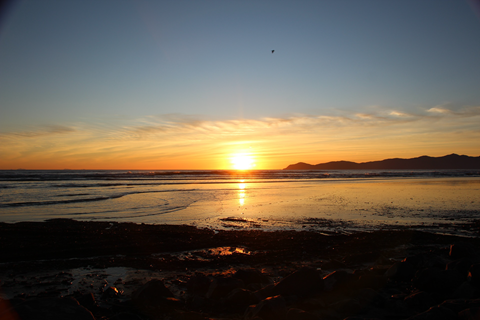I recently sat through a wilderness medicine class by a well-meaning instructor who, despite decent credentials, had never cared for anyone in the wilderness. This is just after reading a poorly crafted wilderness medicine text. Instead of listening to the talk I made a list of things that drive me nuts in wilderness medicine education.
At the top of the list is classroom medicine. These are tools, techniques and advice that work in a clean, controlled world and fail in the reality of the field. Years ago we taught, I taught, not to apply warmth to a severely hypothermic patient because they were in “a stable metabolic icebox.” Then I knelt next to my first severely hypothermic patient and the shallowness of this advice was clear. I had no illusions I would warm this patient in the field, but not applying heat to stabilize his temperature made no sense. I read advice to keep frozen feet frozen all night by keeping the foot outside a sleeping bag. This fell to the axe of reality when I stared at my own frozen foot in a tent on a cold winter’s night. We used to think tourniquets implied amputation and that open chest wounds need to be sealed with three-sided dressings to allow air to escape. This classroom advice did not survive the test of the battlefield. If your skepticism meter is pegging over words of dubious wisdom, ask the instructor if he has ever done this to a real patient. You’ll be surprised how often the honest answer is no.
High on my list are inaccurate statements of frequency. If I believed all the tales of drama I hear from someone who heard from someone who heard, I would not leave home without an auto- injector of epinephrine in a hip holster, locked and loaded. If I believed the NOLS incident data history, solid enough to generate multiple medical papers, I can argue that anaphylaxis is rare in the wilderness. But I won’t make that argument. A snapshot is not the entire picture. Data is often a matter of context. We don’t know the true incidence of anaphylaxis, or many other ailments, in the outdoors. Statements of frequency need to be viewed with healthy skepticism.
In the same vein I recently read that the risk of a lawsuit from reducing a dislocation in the field is high. Based on what cases or data? I’ve heard outdoor experts say that the most common injury on NOLS courses is a laceration from slicing cheese. The real answer, sprains and strains, is easily accessible in the published literature. When you see or hear numbers, ask for the source, and ask for the conflicting evidence. If the educator is worth his salt he will tell you the breadth of science on this question and why he choose to believe this particular study. Consider any unreferenced number to be junk.
I’m also skeptical of resumes, credentials and endorsements. Resumes can be exercises in creative writing, exaggerating or underselling experience. Credentials often tell us of educational accomplishments, not experience. Endorsements might be earned, but they can also be purchased– a source of income for an organization willing to sell their name. These badges don’t tell us whether the person has ever seen a patient, seen a patient in the wilderness, spent much time in the wilderness or whether they have ever had to make a real decision in the field.
In my upper echelon of molar grinders are statements of absolutes. These often reveal inexperience, not expertise, and as William Osler MD said “are made at the expense of a clean conscience.” There isn’t an “accepted” splint. There are splints that are crafted based on available resources and splinting principles. There is no single evacuation plan. There is only what we create based on sound plans, sound assessments and sound judgments. There are many lists of classic signs and symptoms, there is rarely a classic patient.
Last, but not least, is the phrase “our curriculum is evidence-based.” This is an intriguing statement since quality evidence in first aid is rare, and in wilderness first aid it is almost non-existent. I prefer to say “evidence-informed.” It acknowledges that our choices are a blend of science, experience and opinion.
Am I a curmudgeon? Probably. Am I innocent of these sins? Probably not. But I am aware. I’m trying to be virtuous and I do have the good fortune of being surrounded by colleagues who enjoy calling me to task when I slip.
Take care
Tod Schimelpfenig
Curriculum Director
NOLS Wilderness Medicine Institute


